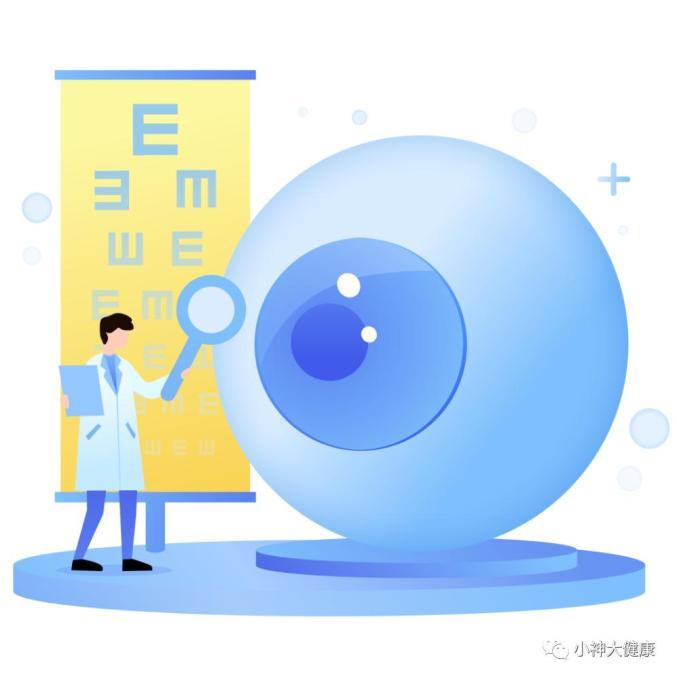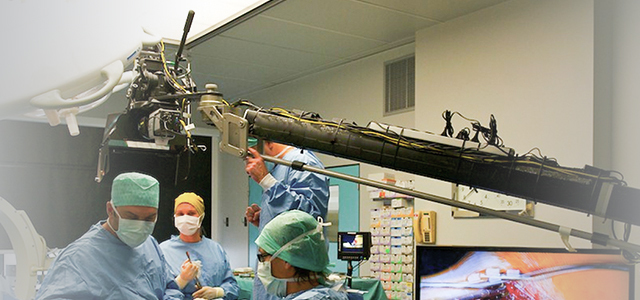National Eye Care Day | Caring for Eye Health

June 6, 2023
It is the 28th national "Eye Care Day"
This year’s theme is
Pay attention to universal eye health
Eyes are one of the most important senses
Improper use of eyes
Can cause various eye diseases
It is urgent to enhance the awareness of eye care and love!
01 | The significance of eye protection


According to the latest report from the World Health Organization, the current global incidence of myopia is showing a rapid growth trend. Currently, the number of nearsightedness in China is around 700 million, with both the number and incidence of nearsightedness ranking first in the world. The incidence of myopia among adolescents reached 58.5%. There is a clear trend towards younger age.
02 | Changes in refractive state


People have different refractive states at different ages. The refractive power of the eyes of newborn infants is not much different from that of adults, so the images are all imaged behind the retina through the refractive system of newborn eyes, which are hyperopia eyes. As the body grows and develops, the eyeball grows larger, the eye axis grows longer, and the eye axis gradually approaches the normal adult’s eye axis, becoming an emmetropia.
Causes of Refractive error
1) The main factors are environmental factors: accounting for about 80-85%, such as excessive long-term close eye use, unhealthy dietary habits, incorrect sitting posture, insufficient outdoor activity time, and so on;
2) The second is genetic factors: accounting for about 10-15%, normal parents with myopia over 600 degrees have a higher probability of inheritance, mostly Autosome recessive inheritance.
03 | Ways to prevent and control myopia


Key factors for preventing myopia: one increase and one decrease. Increase the time for outdoor activities every day by no less than 2 hours. Reduce daily exposure to electronic products for no more than 2 hours;
Ensure a good learning environment: the light should be sufficient, not too bright or too dark, so as to avoid Eye strain caused by over adjustment of the eyeball.
Maintain good dietary habits: eat more fresh green vegetables and fruits, and eat appropriate fish, eggs, and soy products. Eat less sweets, puffed foods, carbonated beverages, and fried foods.
To read and write, one should sit and achieve the "three ones", that is, one punch from the edge of the table; The distance between the eyes and the book is one foot (33cm); Hold the pen one inch away from the tip (approximately one thumb wide). It is important to avoid hunching or lying down while reading, and to avoid reading while walking or riding.
Healthy Eye Behavior Parameters


04 | Daily diet needs attention

● Protein supplementation
Whether it is teenagers or the elderly, the normal function of the eyes and the renewal of aging tissues cannot be separated from proteins. Long term insufficient protein supply can cause eye tissue aging, decreased function, and even blindness. Therefore, attention should be paid to ensuring the supply of protein in the diet.
Foods rich in animal protein, such as chickens, ducks, fish, cows, sheep, rabbits, pigs, milk, eggs, etc; Foods rich in plant-based proteins such as soybeans and their products.
● Vitamin A supplementation
Lack of vitamin A in the human body will affect the synthesis speed of rhodopsin, and can not see clearly in the dark field of vision, resulting in Nyctalopia. Vitamin A deficiency can also cause corneal epithelial detachment, thickening, and keratinization. When vitamin A is sufficient, it can increase the smoothness of the cornea, making the eyes bright and radiant. Lack of vitamin A can also damage the lacrimal gland epithelial tissue, reduce secretion, and cause Xerophthalmia.
Animal viscera and egg yolks contain abundant vitamin A; Yellow green vegetables, such as carrots, leeks, coriander, Broccoli, spinach, rape, etc; Red and yellow fruits, such as apricots and persimmons, contain carotene, which can be converted into vitamin A after being absorbed by the human body.
● Calcium supplementation
Calcium is related to the formation of the eyeball. If the intake of calcium in adolescents is insufficient, it not only affects bone development, but also reduces the elasticity of the developing eyeball wall - the sclera, and increases the pressure inside the lens, causing the anterior and posterior diameters of the eyeball to elongate, leading to myopia.
The standard supply of calcium for adults is 800 mg/day. Teenagers are in a period of vigorous growth and development, and have a high demand for calcium. The daily supply of calcium should reach over 1000 mg. Foods rich in calcium mainly include milk and its products, beans and their products, shrimp skin, kelp, sesame paste, fish, dark green vegetables, seaweed, egg yolks, nuts, etc.
● Zinc supplementation
Zinc can enhance the sensitivity of the optic nerve, participate in the composition of retinol reductase in liver and retinal tissue cells, and directly affect the metabolism of vitamin A and the role of Retinal. So when zinc deficiency occurs, it can affect the operation of vitamin A in the body, causing disorders in the synthesis of rhodopsin and weakening dark adaptation. In addition, when zinc is insufficient, there may be obstacles in the synthesis of rhodopsin in cone cells. This affects the color discrimination function of conical cells.
The daily zinc demand of normal adults is 15 mg. Foods with more zinc include oysters, lean meat, animal liver, eggs, nuts, fish, beans, mustard, Broccoli, agaric, mushrooms, etc.
● Supplement Lutein and Zeaxanthin
Research shows that Lutein and Zeaxanthin can significantly reduce the incidence of senile Macular degeneration. According to the Ophthalmology in October 2002, high levels of Lutein and zeaxanthin can reduce the incidence of age-related eye degeneration symptoms, and those who often eat a large number of vegetables and fruits rich in Lutein and zeaxanthin can reduce the incidence of eye degeneration diseases by 43%.
Lutein and Zeaxanthin are found in general green vegetables and fruits, such as corn, kiwi fruit, green cabbage, spinach, broccoli, coriander, Zucchini and peas.
This article is reprinted from Sina News
Surgerycast
Shanghai Headquarter
Address: Room 201, 2121 Hongmei South Road, Minhang District, Shanghai
Tel: 400-888-5088
Email: surgerycast@qtct.com.cn
Beijing Office
Address: room 709, No.8, Qihang international phase III, No.16, Chenguang East Road, Fangshan District, Beijing
Tel: 13331082638( Liu )
Guangzhou Office
Address: No. 15, Longrui street, longguicheng, Taihe Town, Baiyun District, Guangzhou
Tel: 13302302667 ( Ding )






